Hi there, pet lovers! 🦜
The cassowary is one of the most fascinating, mysterious, and misunderstood birds in the world. Known for its striking appearance, towering size, and infamous reputation as the “most dangerous bird,” this remarkable creature is both admired and feared. Cassowaries play an essential ecological role as rainforest seed dispersers, yet they are also highly territorial and best appreciated in the wild or in specialized sanctuaries rather than as traditional pets.
In this review, we’ll take a deep dive into the cassowary’s world—covering their appearance, personality, care in captivity, ecological importance, costs, and conservation status. Whether you are simply curious, considering visiting a cassowary sanctuary, or want to learn more about this prehistoric-looking bird, this guide will give you a comprehensive understanding of the cassowary.
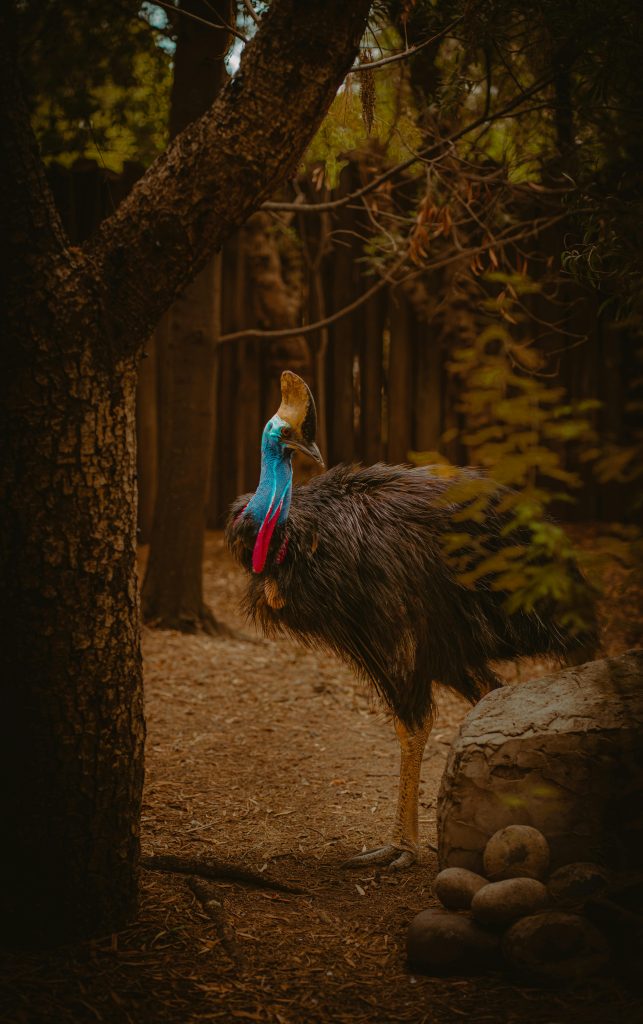
Overview
Cassowaries are large, flightless birds native to the tropical rainforests of Australia, Papua New Guinea, and nearby islands. They are recognized by their striking blue and black plumage, red wattles, and the horn-like casque on top of their heads. Despite their beauty, cassowaries are also considered the most dangerous bird on Earth due to their powerful legs and dagger-like claws.
Here’s a quick summary of what makes them stand out:
- Handling and Temperament: Wild, solitary, and potentially dangerous. Not suitable as pets.
- Care and Maintenance: Extremely difficult to keep; require large, secure enclosures and specialized care.
- Health and Durability: Hardy in the wild but prone to stress and injury in captivity.
- Availability: Rare, often restricted to zoos, sanctuaries, and specialized facilities.
- Cost: Extremely high to maintain, not accessible for private ownership.
- Overall: A vital keystone species in rainforest ecosystems but not a companion bird. Best admired in the wild or at conservation facilities.
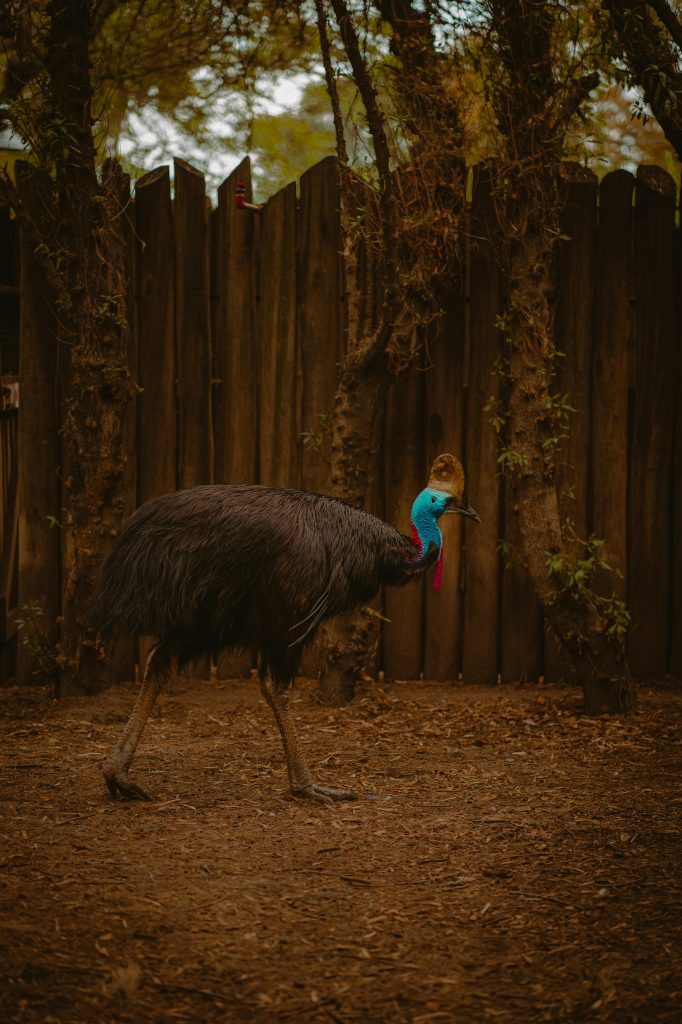
Why Choose a Cassowary?
Unlike smaller, domesticated birds, cassowaries are not a pet option for the average person. Instead, the question is why admire or support cassowaries. The answer lies in their ecological and cultural importance.
Cassowaries are a keystone species—over 230 rainforest plants rely on them for seed dispersal, and at least 100 species depend on them exclusively. Without cassowaries, rainforests would lose biodiversity and genetic variety, which would ripple through the entire ecosystem.
Additionally, their appearance is nothing short of prehistoric. Standing up to 1.8 meters (6 feet) tall and weighing as much as 80 kg (176 lbs), they resemble living dinosaurs with their casque, vivid colors, and thunderous stride through the forest. Supporting cassowary conservation means supporting the survival of Australia and Papua New Guinea’s rainforests.
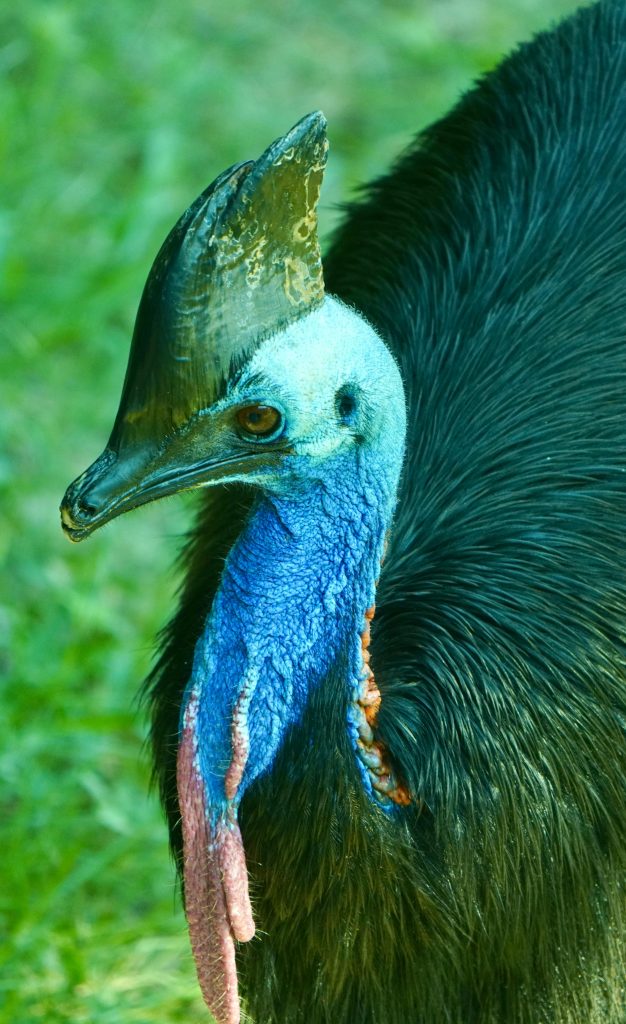
Handling and Temperament
Cassowaries are solitary, territorial, and unpredictable birds. While they are not naturally aggressive toward humans, they defend themselves fiercely when threatened, especially if protecting chicks or if accustomed to being fed by people.
Personality Traits
- Solitary by nature: Unlike parrots or songbirds, cassowaries live alone except during mating season.
- Territorial: They will aggressively defend their area from perceived threats.
- Protective parents: Males raise the chicks for up to nine months and are highly defensive during this period.
Interactions with Humans
Cassowaries are often labeled the “world’s most dangerous bird”. This reputation comes from their powerful legs and dagger-like middle claw, which can grow up to 12 cm (5 inches) long. Fatal attacks are extremely rare—only two human deaths have been recorded (one in Queensland in the 1920s and another in Florida in the 2000s)—but injuries can occur if cassowaries feel cornered.
Most negative encounters result from humans feeding them. Habituated cassowaries lose their natural wariness and can become demanding and aggressive when food is not given. This is why feeding cassowaries is highly discouraged in Australia.
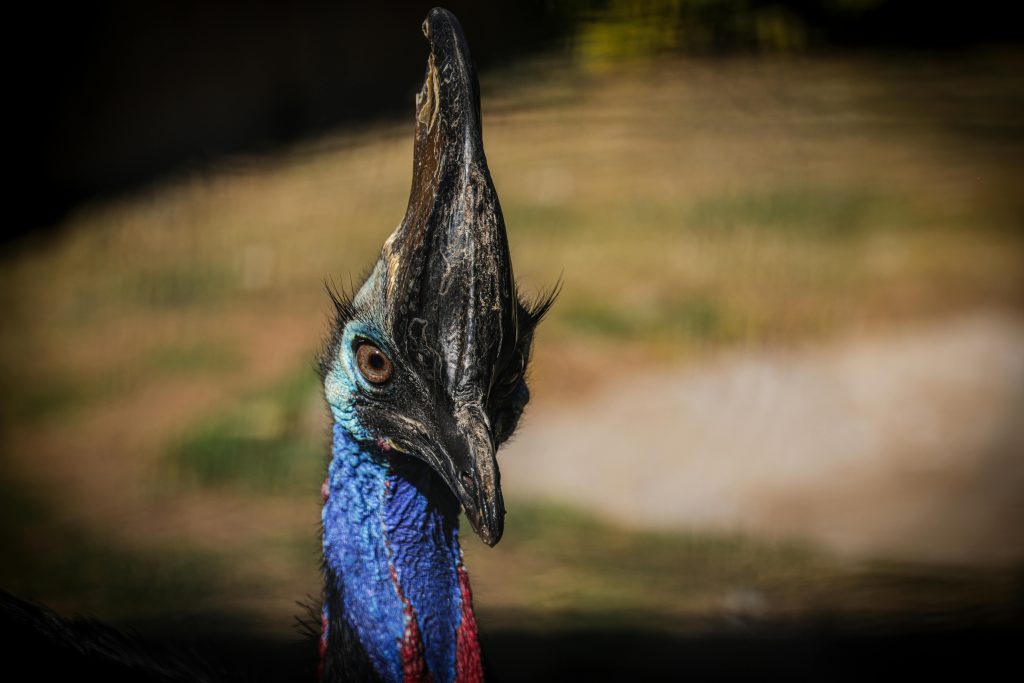
Care and Maintenance
Caring for a cassowary is not like keeping a parrot or pigeon. Their needs are vast, expensive, and often beyond the capabilities of private individuals. Zoos and sanctuaries invest significant resources to maintain these giant birds safely and ethically.
Enclosure Setup
- Space Requirements: Large, heavily vegetated enclosures are necessary—at least several acres per bird. Cassowaries require rainforest-like conditions with plenty of shade, dense foliage, and room to roam.
- Barriers: Fences must be tall (minimum 2 meters) and extremely strong to contain these powerful birds.
- Shelter: Natural forest cover is preferred. Artificial shelters may be provided for weather extremes.
Diet
Cassowaries are frugivores, relying heavily on fruit, but they also consume fungi, insects, and small vertebrates. In captivity, their diet often includes:
- A wide variety of fruits (cassowary plum, bananas, pawpaw, mangoes).
- Leafy greens and vegetables.
- Occasional protein sources.
Because their digestive system is short, many seeds pass through intact, allowing cassowaries to spread rainforest plants over large areas.
Daily Care
- Feeding: Large quantities of fruit daily.
- Cleaning: Enclosure upkeep is essential to avoid parasites.
- Veterinary Care: Regular health monitoring for injuries, infections, or parasites.
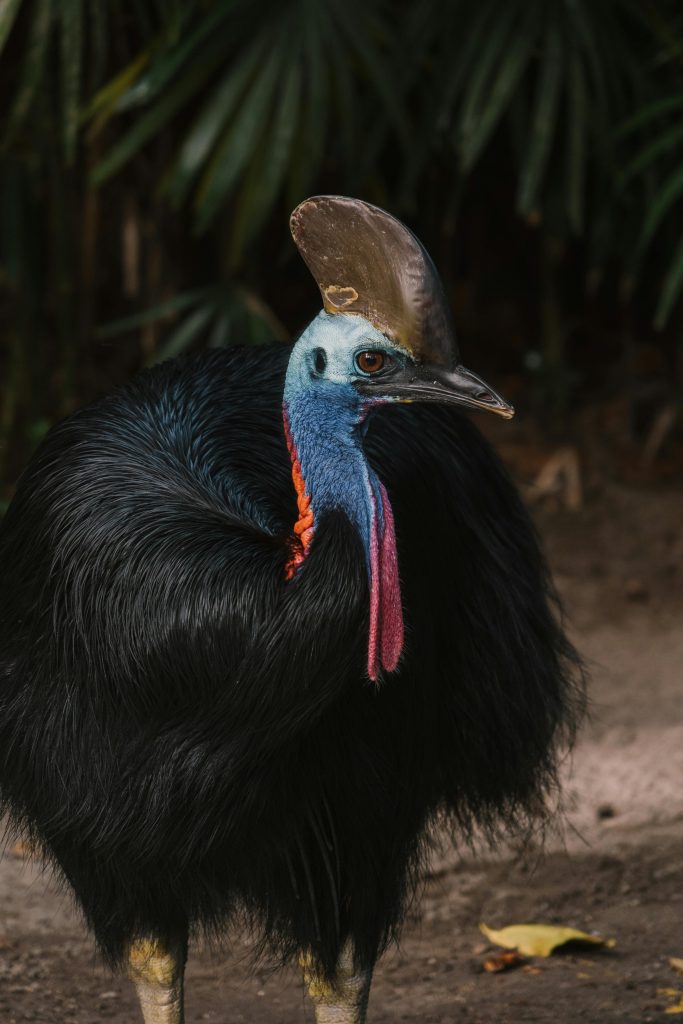
Health and Durability
In the wild, cassowaries are hardy and resilient. However, in captivity, their health can be fragile if conditions are not ideal.
Common Health Issues
- Stress-related illness: Cassowaries are sensitive to confinement.
- Injuries: Due to powerful kicks or collisions with barriers.
- Nutritional deficiencies: If their diet lacks fruit variety.
Lifespan
Cassowaries can live up to 40 years in captivity with proper care. In the wild, their lifespan averages closer to 20 years due to predators, accidents, and habitat loss.
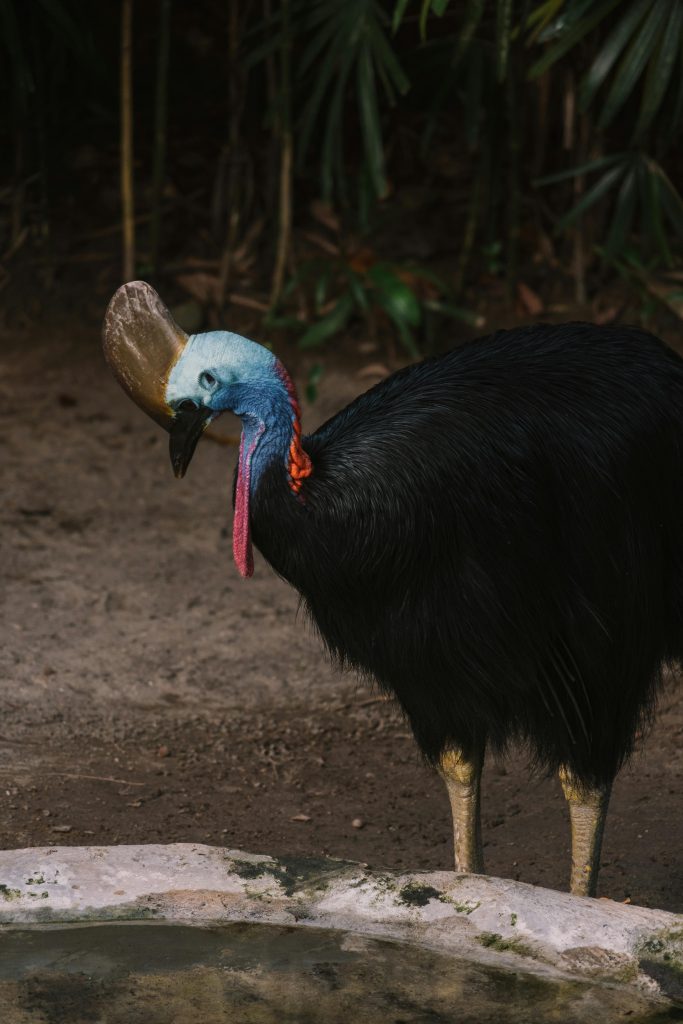
Availability and Cost
Cassowaries are not available as pets and are strictly regulated. Ownership is limited to licensed zoos, wildlife parks, and sanctuaries.
Where to See Cassowaries
- Australia: Primarily North Queensland’s rainforests.
- Papua New Guinea & West Papua: Northern cassowary and dwarf cassowary.
- Sanctuaries: Facilities such as the Billabong Sanctuary in Townsville provide safe viewing opportunities.
Cost of Care
- Bird Price: Rarely sold; only through official transfers between zoos.
- Enclosure & Maintenance: Costs run into tens of thousands of dollars annually for secure housing, feeding, and veterinary care.
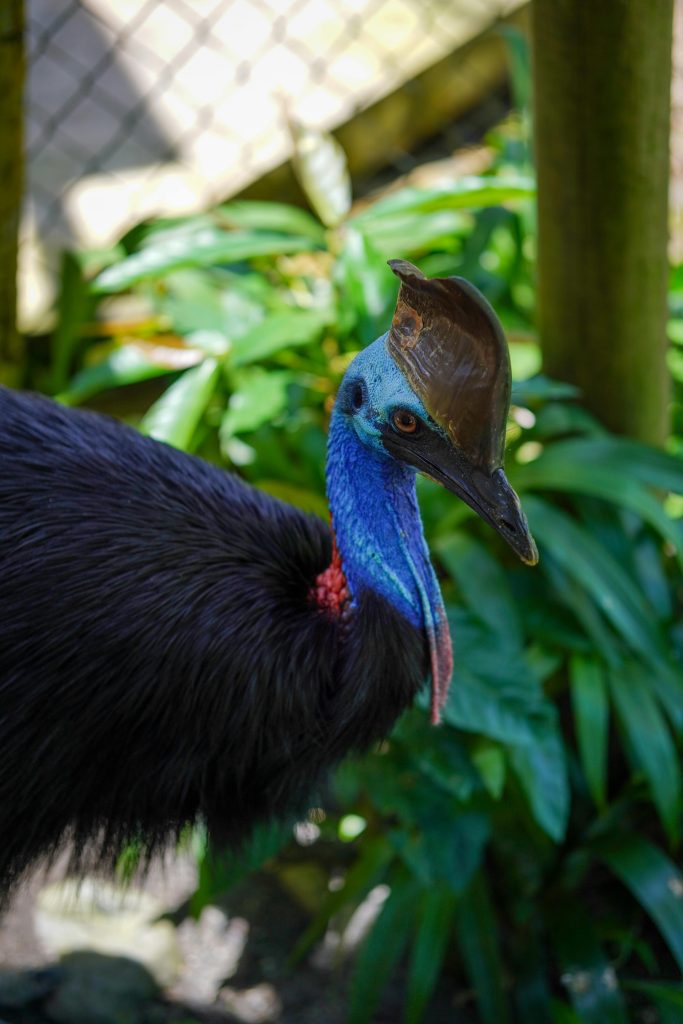
Pros and Cons
Pros
- Keystone species vital for rainforest survival.
- Striking, prehistoric appearance.
- Long lifespan (up to 40 years in care).
- Fascinating behaviors, especially male parenting.
- Culturally significant to Indigenous communities.
Cons
- Extremely dangerous if mishandled.
- Cannot be domesticated or kept as pets.
- Require huge, secure enclosures.
- Endangered in parts of Australia.
- High costs of care and maintenance.
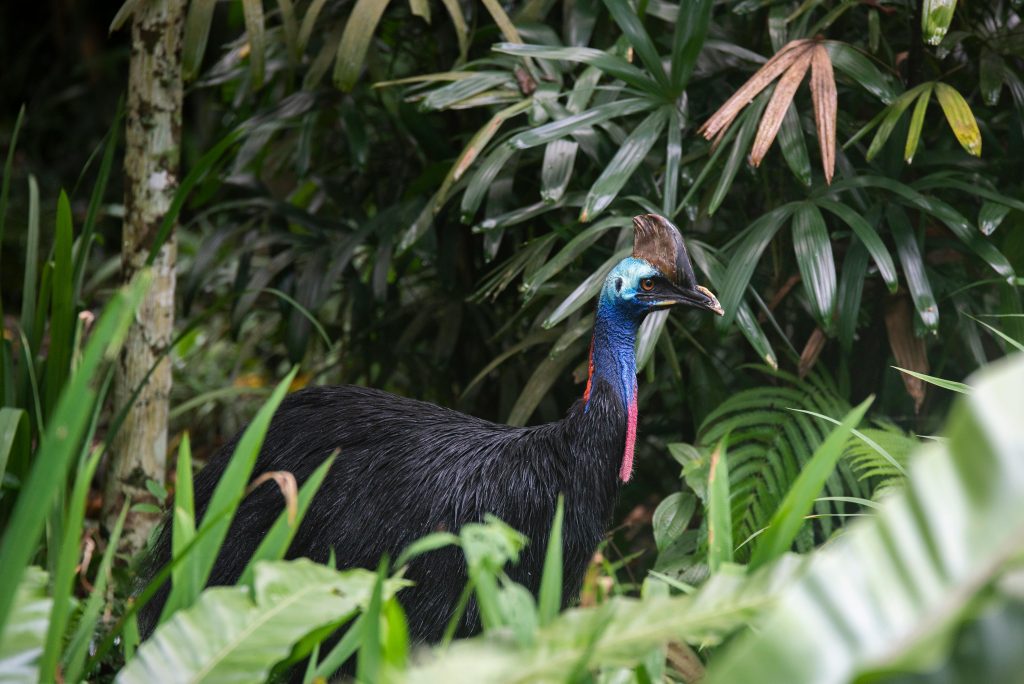
Final Thoughts
The cassowary is one of the most remarkable birds on Earth—a creature that looks like it stepped out of the age of dinosaurs. With their size, vibrant colors, mysterious casque, and ecological importance, they are truly one of nature’s masterpieces.
However, cassowaries are not suitable as companion animals. Their power, unpredictability, and specialized needs make them a bird best respected from a distance. They belong in the rainforests where they play a crucial role in maintaining biodiversity.
For those who wish to experience cassowaries, visiting a licensed sanctuary or their natural habitat is the safest and most rewarding option. Supporting conservation programs, protecting rainforests, and avoiding feeding wild cassowaries are all essential steps we can take to ensure their survival.
The cassowary may never be a pet, but it is undeniably one of the most iconic and vital birds in the natural world. By respecting and conserving them, we not only protect an incredible species but also safeguard the future of the rainforests they sustain. 🦜

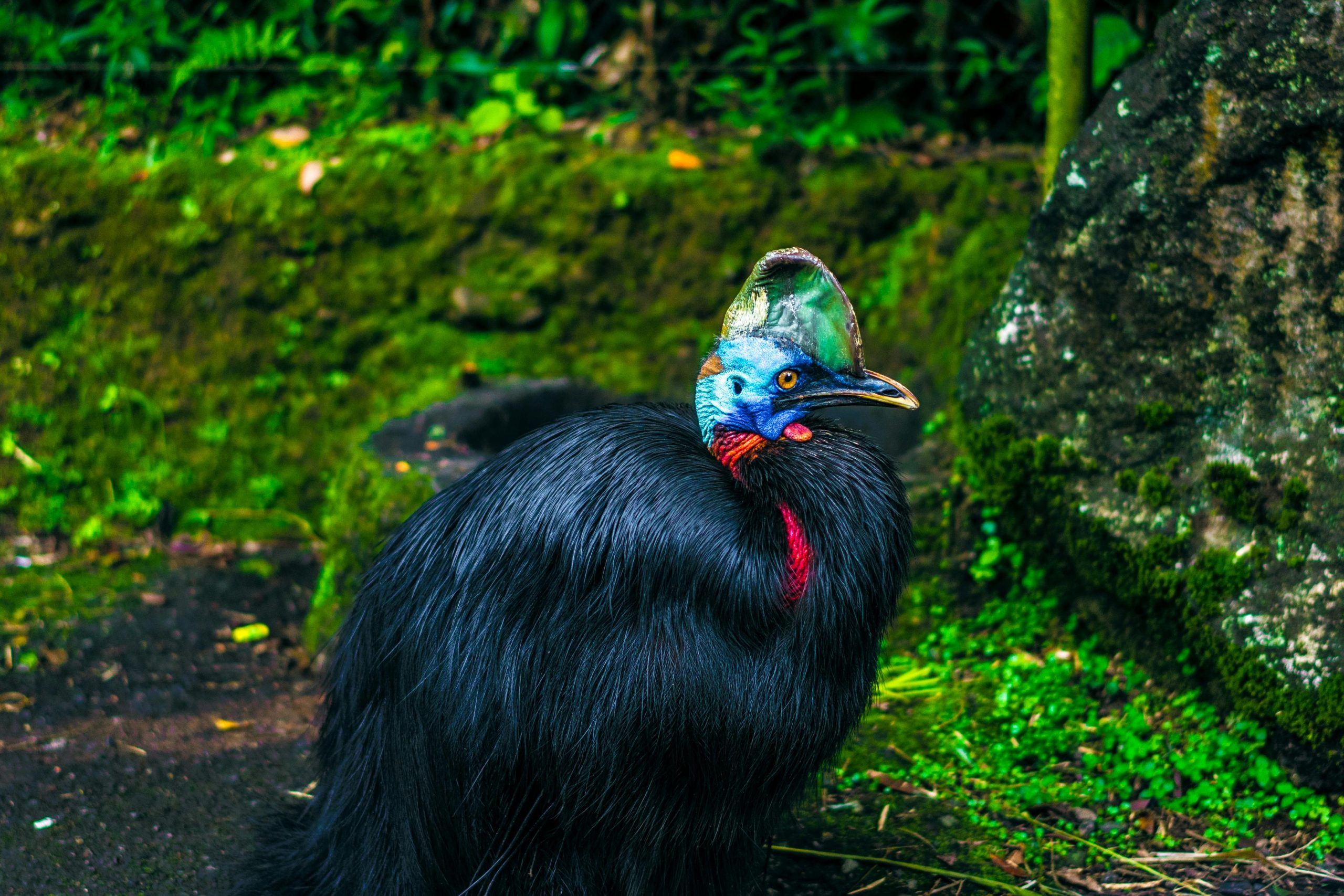


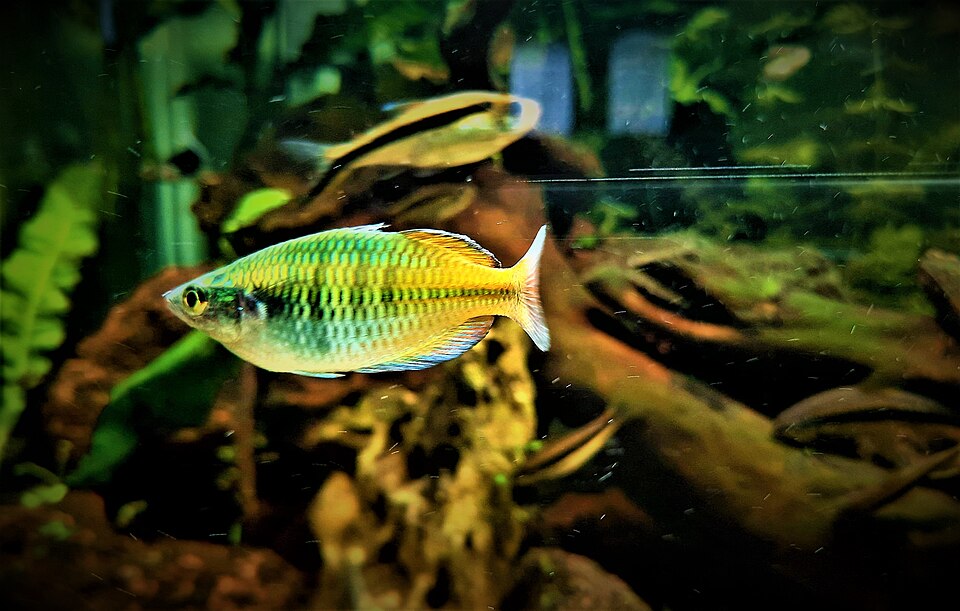
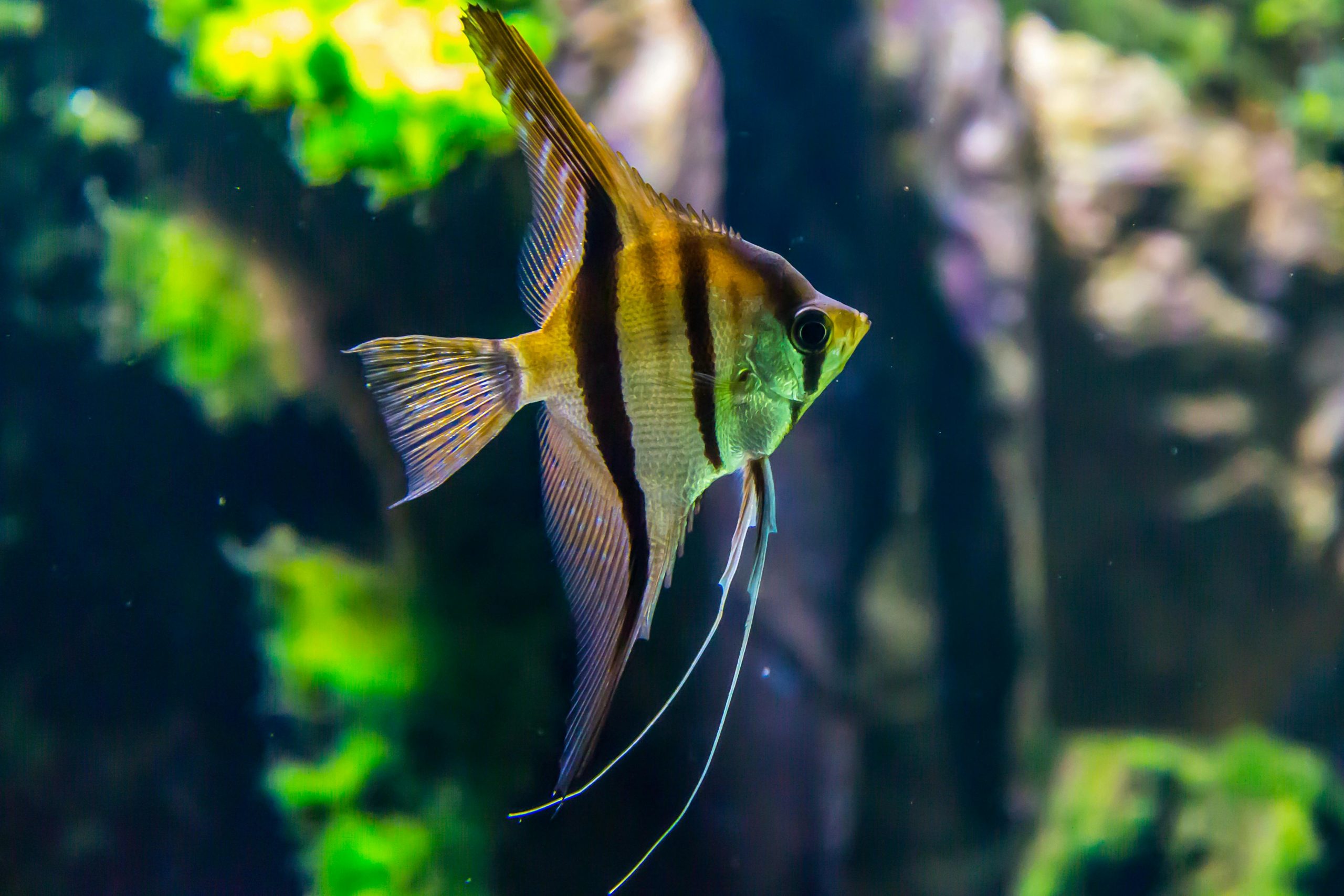
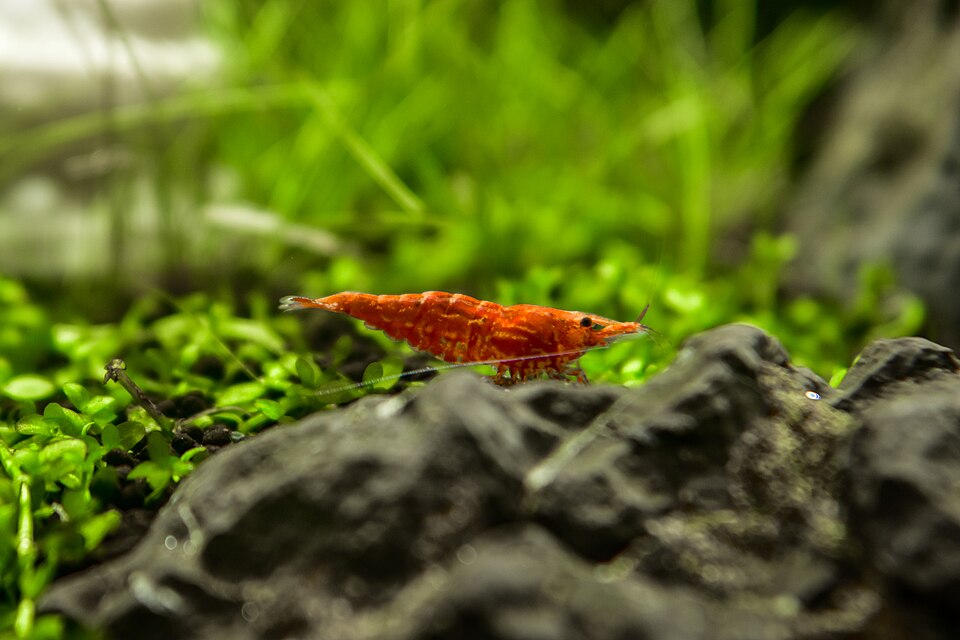

Leave a Reply